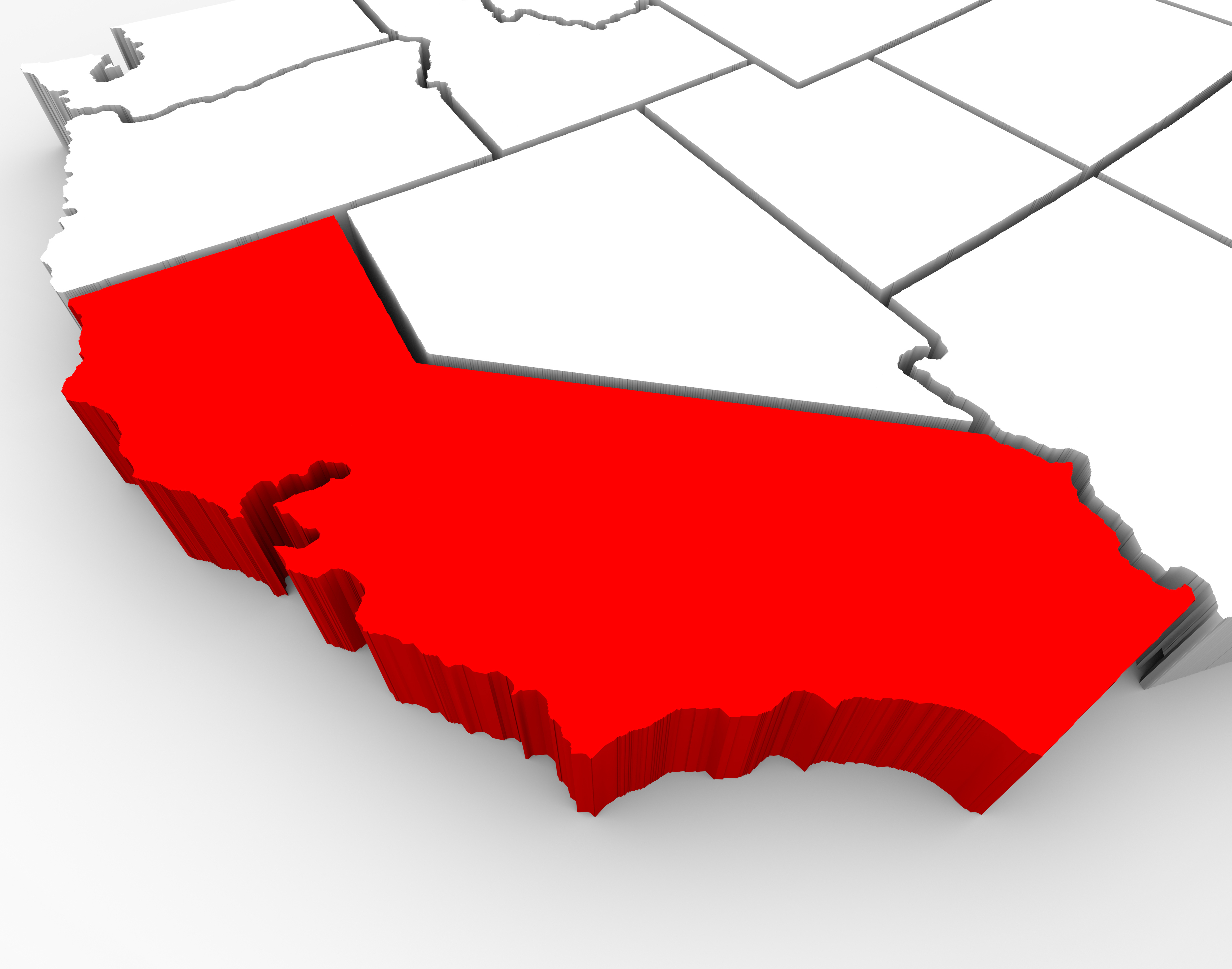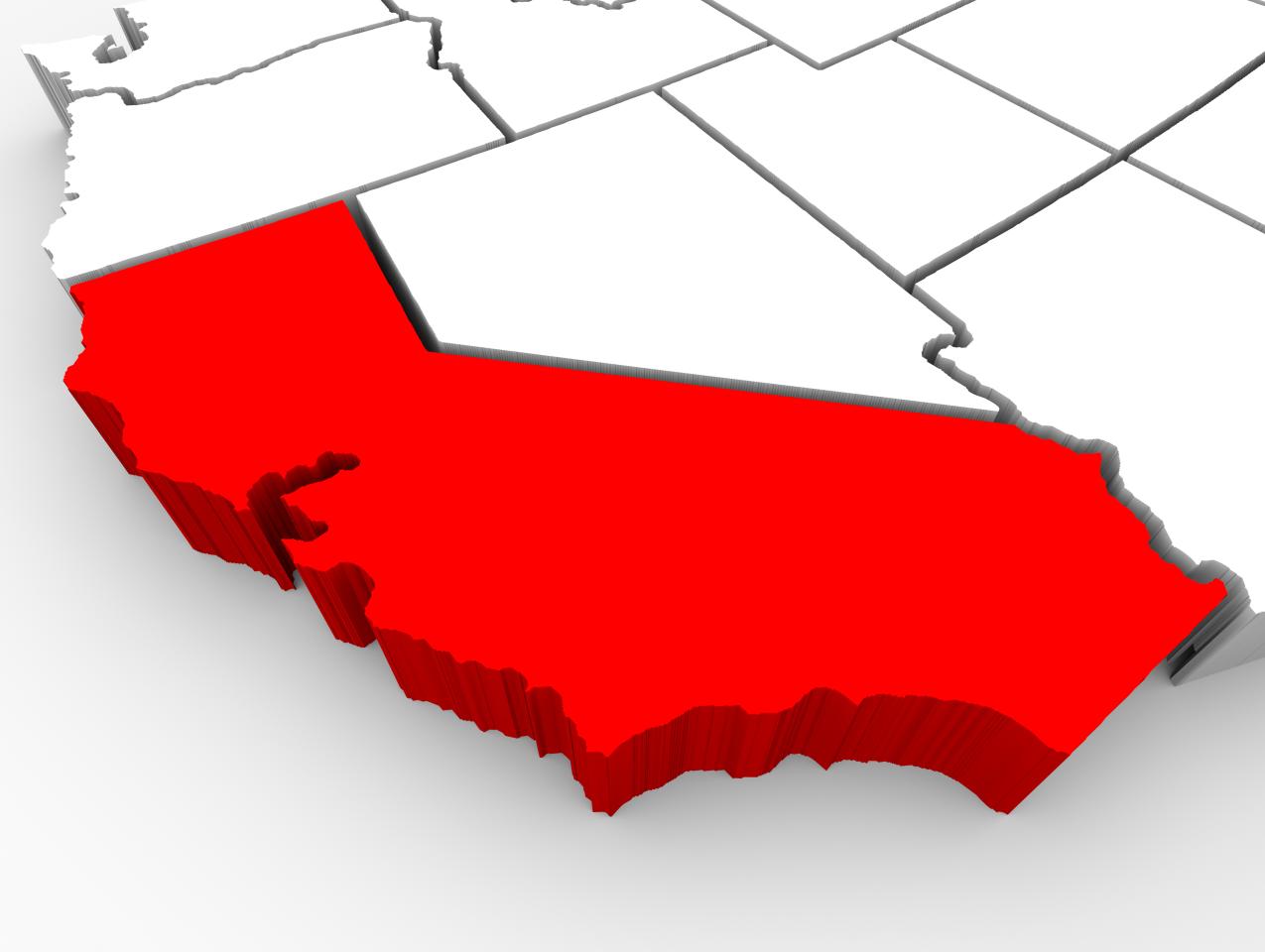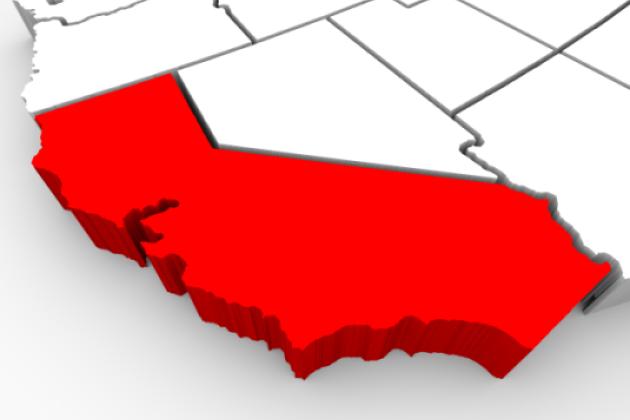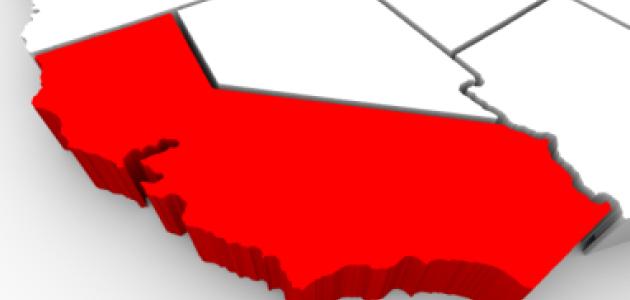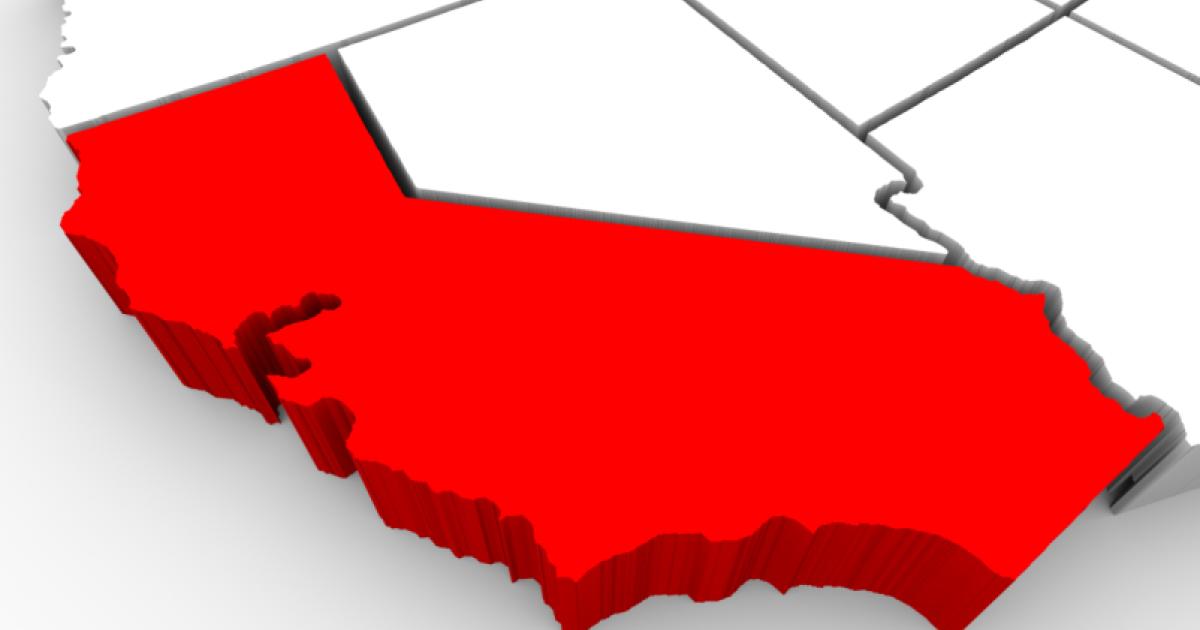- Politics, Institutions, and Public Opinion
- Campaigns & Elections
- State & Local
California’s top-two election system is still new and that means analysis of it is seriously lacking in comprehensive data, but that doesn’t mean we can’t start digging into possible trends.
California’s northern neighbor, Washington State, also uses a top-two system and there, the primary election has been a very good predictor of the general election results. Reasons for this include higher turnout primaries – ensuring the primary and general elections have similar electorates – or the fact that voters are just more acclimated to the top-two system. In California, however, as evident by the 2012 election results, primary results are far from a good predictor.
But that doesn’t mean we can’t glean possible trends and projections out of the data. In a three-piece series, I attempt to use the two-party total Republican and Democrat 2012 election results and the 2014 primary results to explore what could happen in November. (Note: those races that featured same party candidates were eliminated.)
_______________________________________________
Today, we’ll examine the Senate.
| Type | 2012 Primary to 2012 General Election Differences (Senate) | ||||
|---|---|---|---|---|---|
| headling | GOP Vote | Dem Vote | Total Votes | GOP Vote % Diff | Dem Vote % Diff |
| Overall | 1,344,189 | 2,137,058 | 3,481,247 | (3.34) | 3.34 |
| GOP PVI | 513,262 | 455,070 | 968,332 | (7.83) | 7.83 |
| DEM PVI | 830,927 | 1,681,988 | 2,512,915 | (1.36) | 1.36 |
| Competitive | 166,628 | 222,482 | 389,110 | (7.32) | 7.32 |
| Uncompetitive | 1,177,561 | 1,914,576 | 3,092,137 | (2.82) | 2.82 |
First, a caveat; only half of the Senate districts are up for election each cycle. As such, direct 2012 to 2014 comparisons can’t be made. We can, however, compare the differences between the two cohorts and make casual inferences about what that could mean for this November.
Overall, between the 2012 primary and general elections (odd-numbered Senate districts), there was just a 7 point shift toward Democrats – 4 and 5 points less than the Congressional and Assembly swings, respectively. But let’s not be fooled; this isn’t because of Republican strength, but rather because of Republican weakness. Republicans started from a very low point (39.8%) buttressing up against the estimated statewide Republican floor of 40%, meaning there was intense friction from dropping further.
But like we saw in the Congressional and Assembly districts, Republicans saw their greatest decline (15 points) in the most competitive seats (here, competitive seats were those that have PVIs of less than +5 and the final margin was tighter than 10 points). The reason for this shift was almost entirely the faltering of the Republicans’ campaigns coupled with strong Obama and Proposition 30 GOTV.
Conventional wisdom in the State Senate is that the 2014 cohort – the even-numbered districts –are more favorable to Republicans. While Assembly and Congressional Republicans actually did slightly worse (by about 2 to 3 points) overall between the 2012 and 2014 primaries despite the mid-term electoral environment, for the Senate, conventional wisdom isn’t totally off. Senate Republicans saw a 26 point swing toward them between the 2012 and 2014 primary (56.8% vs. 44.2%). Hence, this suggests the even-numbered cohort is structurally more favorable to Republicans. And in the competitive districts, Republicans did 9 points better.
With this information, we can glean some inferences on what could happen with the 2014 competitive districts, even if we can’t make direct district-to-district comparisons. The chart below is a little different from the Congressional and Assembly posts. The first column shows the actual primary results; the second column assumes a 6 point shift (2012 15-point shift less the 2012-to-2014 9-point swing) toward Democrats (3 point drop for Republicans and 3 point increase for Democrats).
| Type | District 2014 Primary Results | 6 point shift |
|---|---|---|
| SD 12 | 63.8% vs. 36.2% | 60.8% vs. 39.2% |
| SD 14 | 61.2% vs. 38.8% | 58.2% vs. 41.8% |
| SD 32 | 44.1% vs. 55.9% | 41.1% vs. 58.9% |
| SD 34 | 66.7% vs. 33.3% | 63.7% vs. 36.3% |
First, even with 2012’s 15-point swing toward the Democrats, SD 12, SD 14, and SD 34 still remain out of reach. Thus, with the more expected 6-point swing, Democrats have limited opportunities to flip either SD 12 or SD 14 and will find it troublesome holding onto SD 34.
Like we saw with AD 16 in the Assembly analysis, SD 32 appears to be the outlier. It remains competitive in spite of the primary results. For one, for all intent purposes, this is indicted State Senator Ron Calderon’s seat and Democrat Tony Mendoza’s connections to the Calderon family could drag him down. Secondly, Republican Mario Guerra’s long-time political activity in the area and moderate stances insulates him from the toxic statewide Republican brand, and finally, there could remain fractures among the Democratic voting block after a splintered four-Democrat primary. Hence, it is possible that Guerra’s 44% in the primary is actually his floor. And despite being a D+11 district, Guerra has maintained a slight fundraising advantage over Mendoza during this election cycle.
November turnout will be low (and could be as low as 41% to 45%). This could mean the general election electorate will look more similar to the primary electorate than 2012. As such, the shift toward Democrats, overall, will likely remain in the single digits, even for competitive races. This suggests Republicans could net, easily, the seats they require to prevent a continued Democratic supermajority in the Senate.
Check out the Congressional analysis here and the Assembly analysis here.
Follow Carson Bruno on Twitter: @CarsonJFBruno.
Carson Bruno, a Hoover Institution research fellow, studies California's political and policy landscape.







